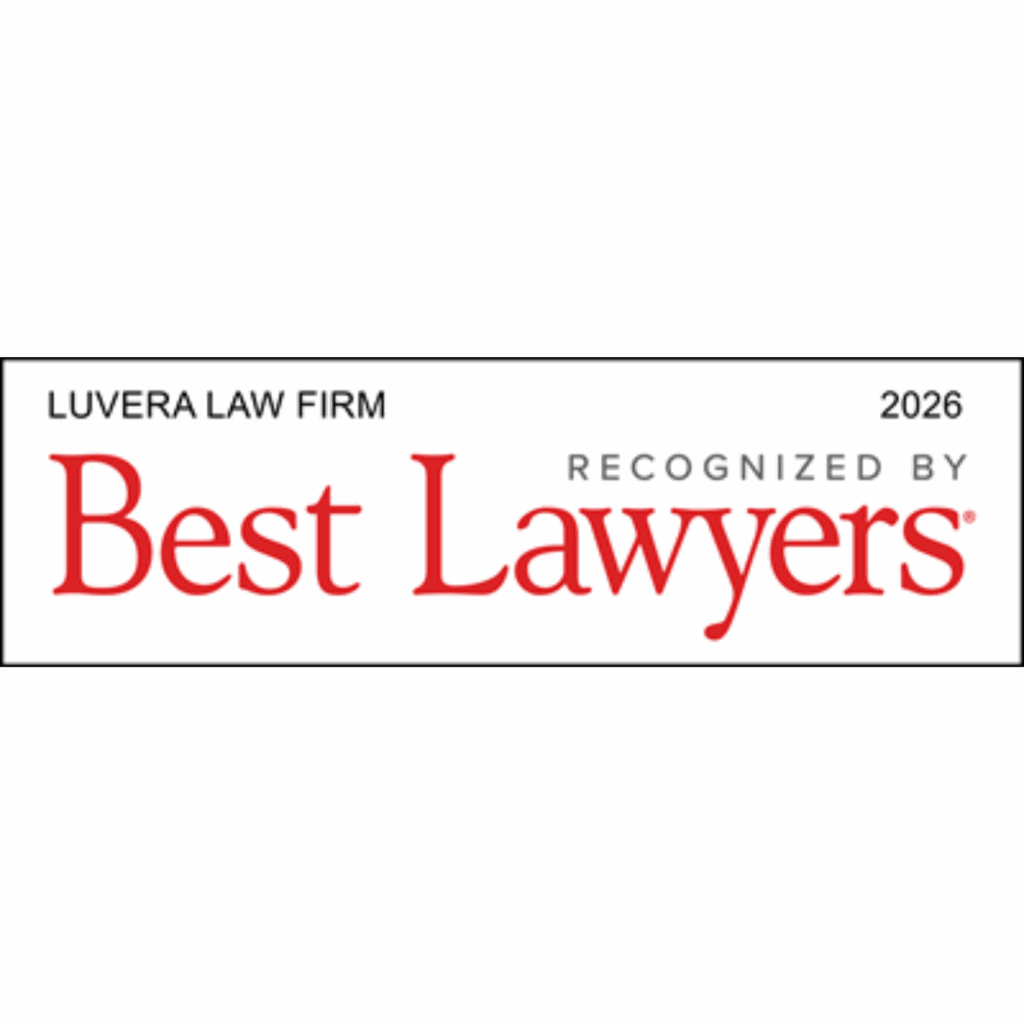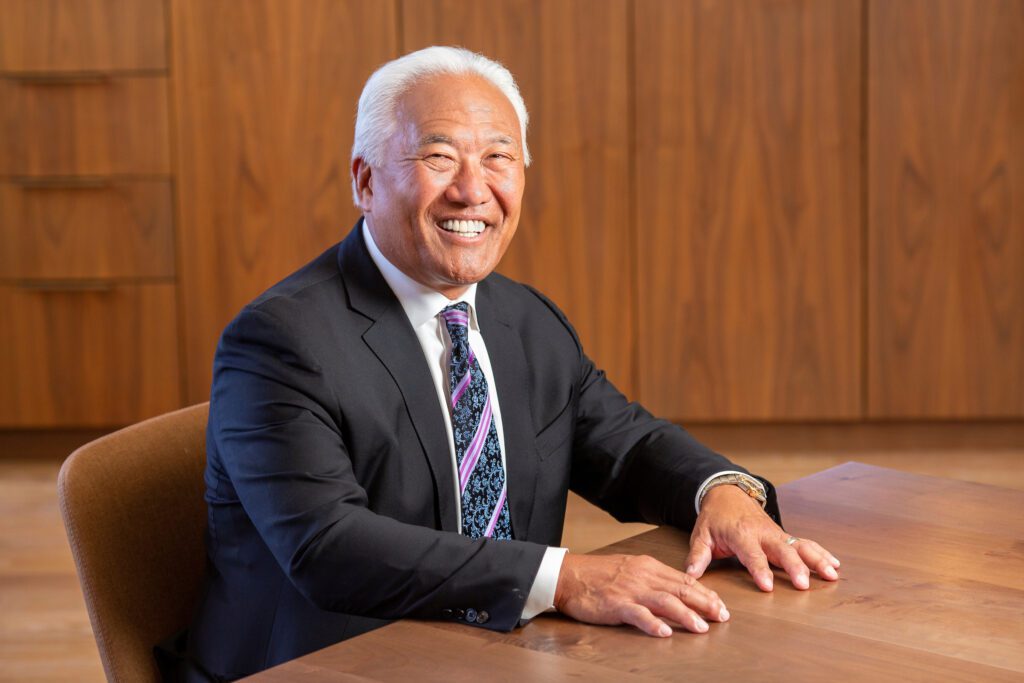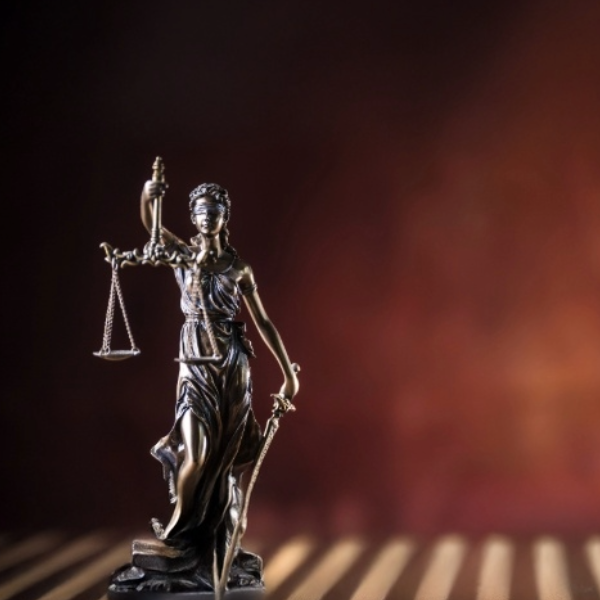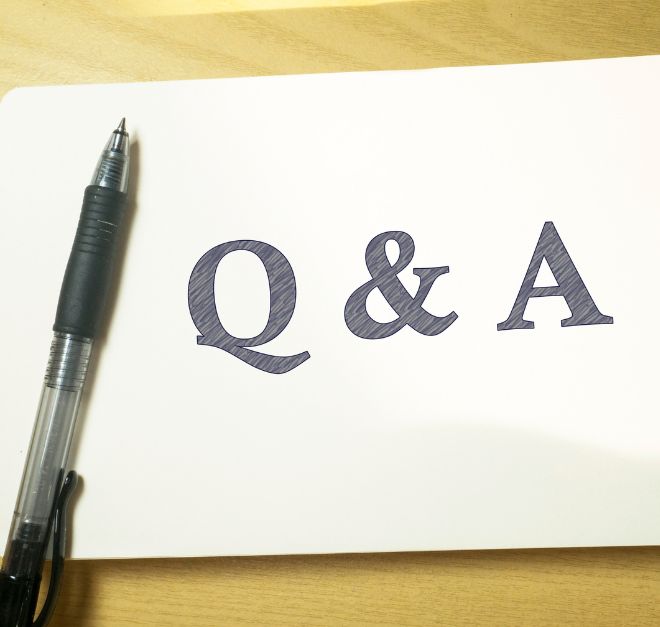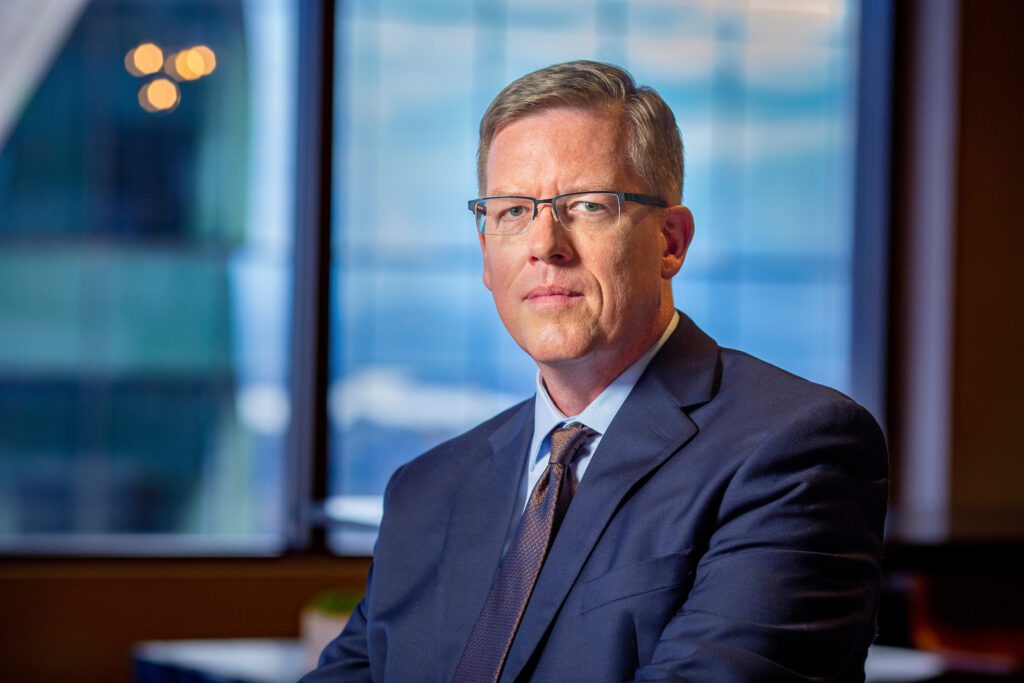While she may not have envisioned working as a paralegal when she first started her professional career, Catherine Galfano has forged her own way to success in the legal field. Catherine’s curiosity and willingness to learn led her to Luvera Law Firm in 1996 – and she hasn’t looked back since.
Get to know more about Catherine and her journey below.
How did you get into the legal field? Was this something you were always drawn to?
CG: Actually, education and teaching were two fields that had always been of interest to me. While attending college at Central Washington University, I originally enrolled in their teaching program with the intent of becoming a teacher. After graduating, I moved to Bellevue with my college roommate and started volunteering in a classroom to gain some experience. At the same time, I was working at a local McDonald’s and was accepted into the company’s management program not long after.
However, I quickly realized fast-food management was not where I wanted to be, nor did I feel confident in a classroom setting, so I started looking for other professions that might be a better fit. I saw an article in a magazine or newspaper that highlighted paralegals as an up-and-coming profession at the time. The more I learned about the paralegal field, the more it appealed to me. When I made the decision to begin my career in the field, I enrolled in classes at Edmonds Community College to work toward earning my paralegal certificate while still working as a manager. After receiving my certificate, I started as a legal assistant at a Seattle law firm and eventually found my way to Luvera Law Firm, where I’ve remained ever since.
What drew you to the position with Luvera?
CG: The law firm where I worked initially was a large personal injury firm of more than 20 attorneys. By contrast, Luvera was a smaller firm with only five attorneys at the time, which is one of the things that appealed to me most. The team was a tight-knit group of people who acted as a support system for me, which is such an incredible – and rare – thing to be part of. In fact, I’m still lifelong friends with the person who trained me on my first day, even though she’s moved on from the firm. It just goes to show how close the Luvera team is with one another.
Can you tell us more about your day-to-day?
CG: It’s changed quite a bit since I first started working at Luvera Law Firm, especially when you think about how much technology has changed since the ‘90s. Today, law firms rely heavily on email for their internal and external communications. Back then, though, that didn’t exist, and the main method of communication was U.S mail and fax machines. In many ways, that style of communication was much easier to manage when compared with today, where email can often feel close to unmanageable. In that regard, much of my days now require organizing various forms of communication and documents involved in managing clients’ cases.
It seems like attention to detail is a huge part of your job. Can you talk a little bit about how you keep everything organized and why it’s so important?
CG: I always keep two different hard-copy calendars to stay organized. One is a monthly calendar and the other is for briefly looking over the upcoming days and weeks. I also find it helpful to print out a to-do list, which gives me a couple different ways to stay organized and on top of deadlines.
When it comes to managing all the digital information that we receive, we use folders and a cloud system to keep our computers organized. Ultimately, it’s all about staying on top of deadlines and assignments so nothing gets forgotten. Whether I’m placing files where they need to go, flagging emails, or creating to-do lists by hand, I use a variety of methods to manage everything.
What is your favorite part about “going” to work each day?
CG: One of the aspects I enjoy most is that every day is different. For instance, no matter how many times we go to trial, there’s always something interesting that comes up that no one could have predicted – which is both challenging and exciting. But at the end of the day, I really enjoy the challenge of figuring out how to get things done and solving different problems as they arise. I take pride in doing my job well and working hard for our clients every day.
Can you tell us about one of the most memorable cases you’ve worked on? What made it especially noteworthy for you?
CG: The most recent and memorable case that comes to mind is the 2019 Seattle crane collapse, which was a long trial that lasted almost two months. I primarily worked with attorneys David Beninger and Patricia Anderson on this case, as I do on many other cases. I’ve worked with David since 1998, but this was one of the most involved cases we had worked on together. We partnered with a few other law firms as a plaintiffs’ group during this case, and I really enjoyed being part of such a collaborative space.
Earlier this year, the jury rendered a $150 million verdict for the families who lost loved ones in the tragic event. I couldn’t be prouder of all the effort and collaboration that went into this trial to ensure that those involved were held accountable, and the result meant a great deal to the families who lost loved ones in the accident.
Outside of work, what are some of your interests or hobbies?
CG: Golfing has always been something I’ve enjoyed doing, and I recently picked it up again and have been playing more frequently. I love spending time with friends and family, walks with my dog, and going on short road trips. I also enjoy art and painting as a creative outlet when I get the chance.


